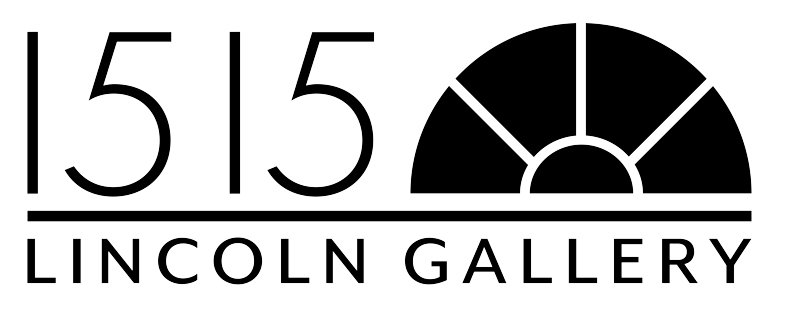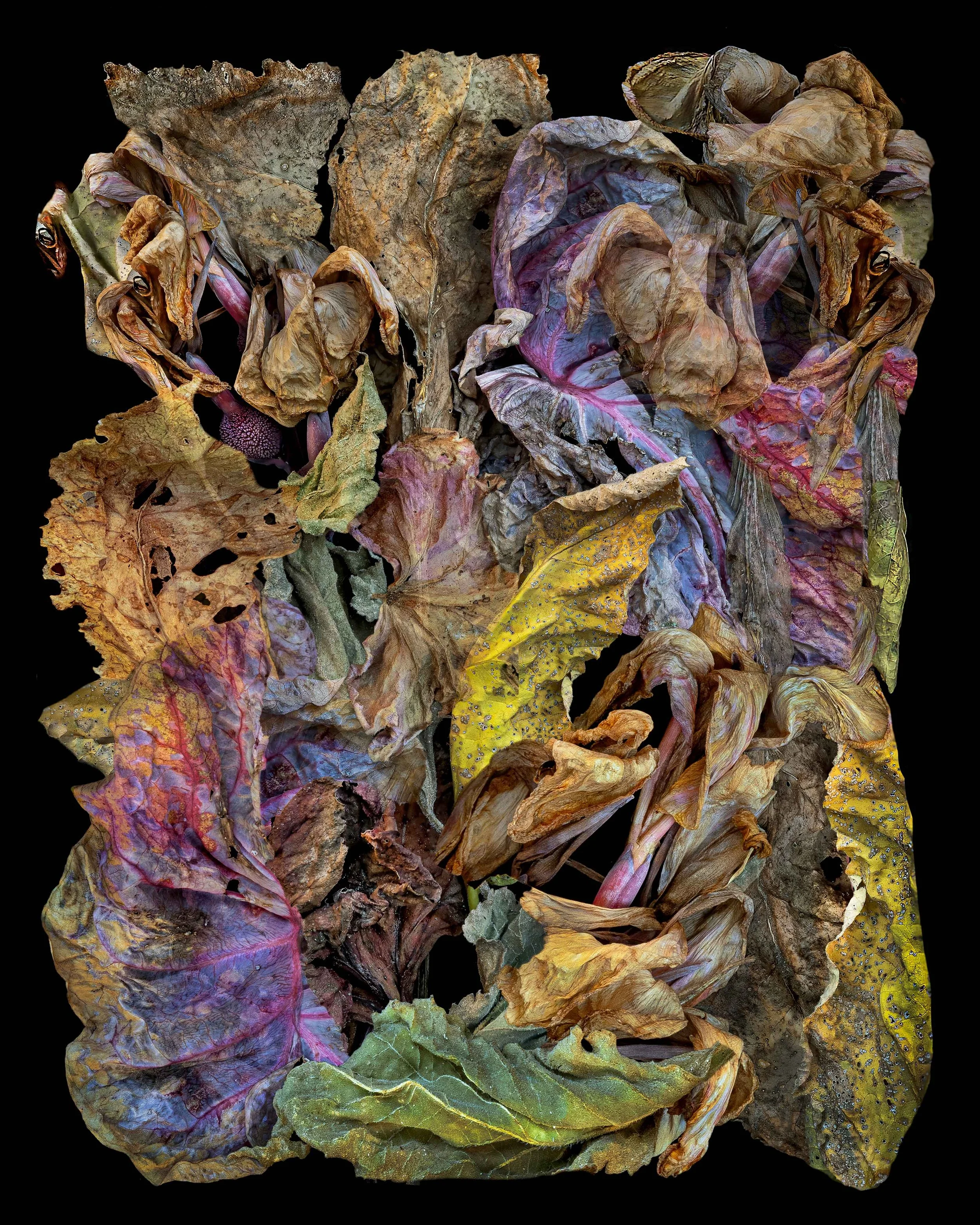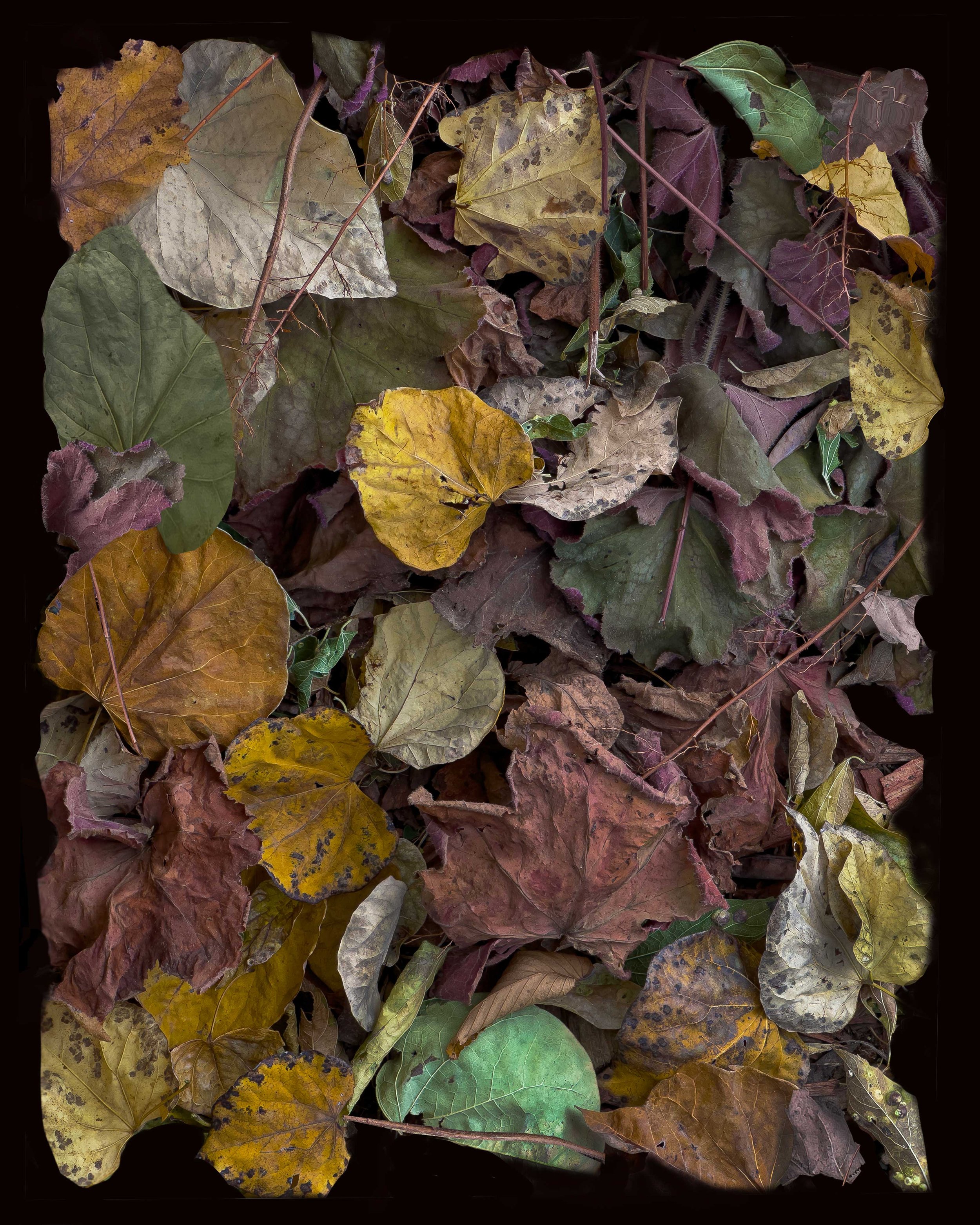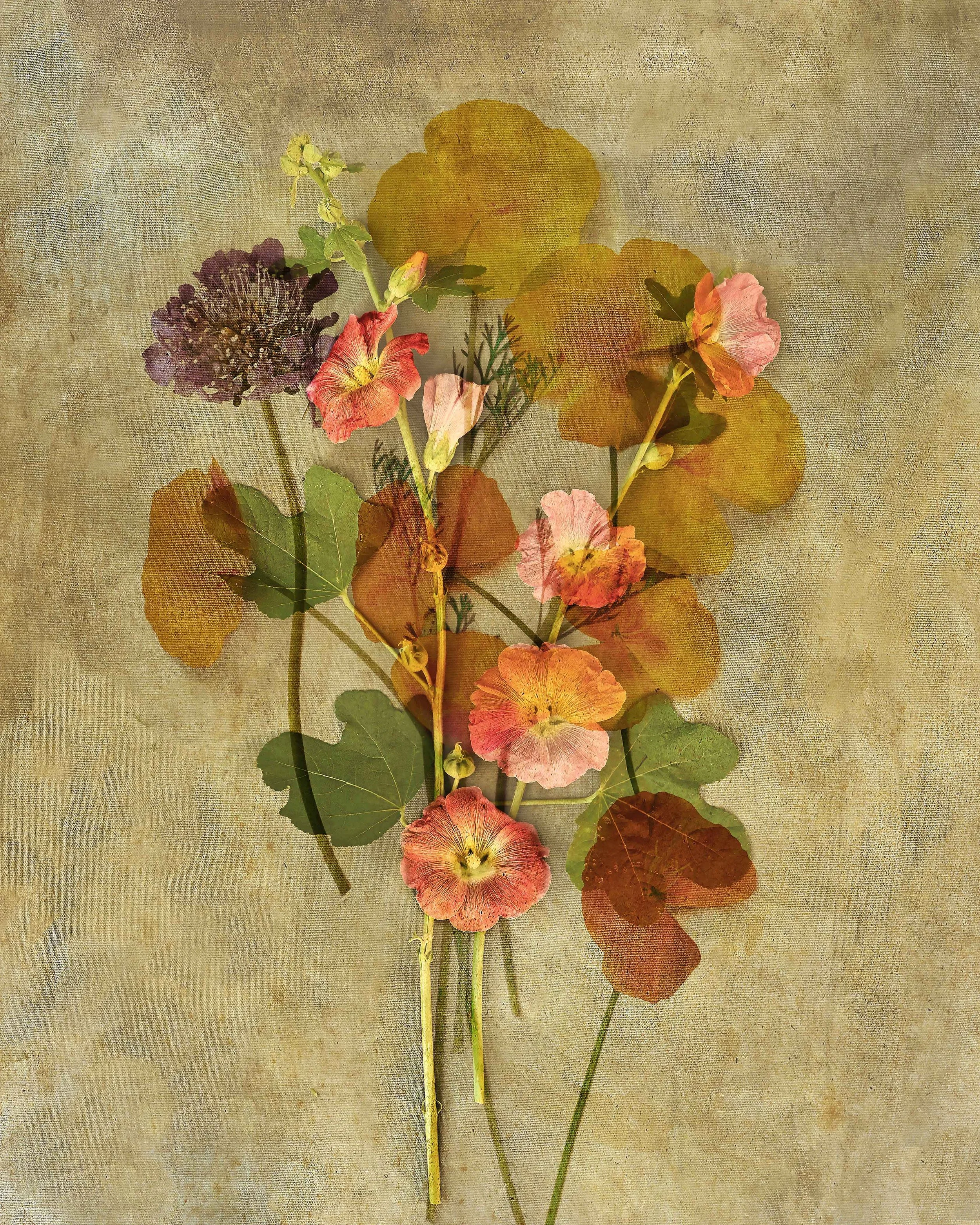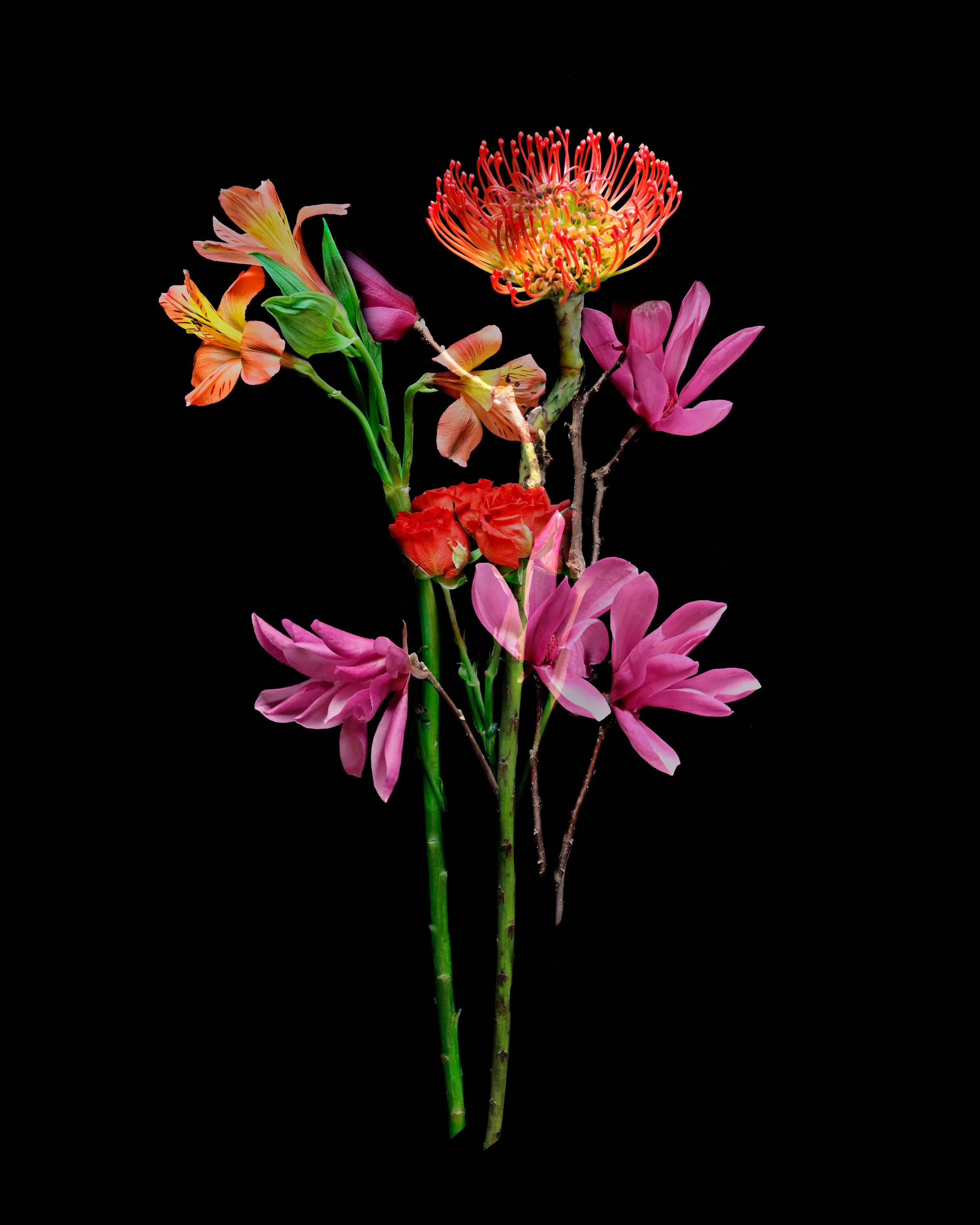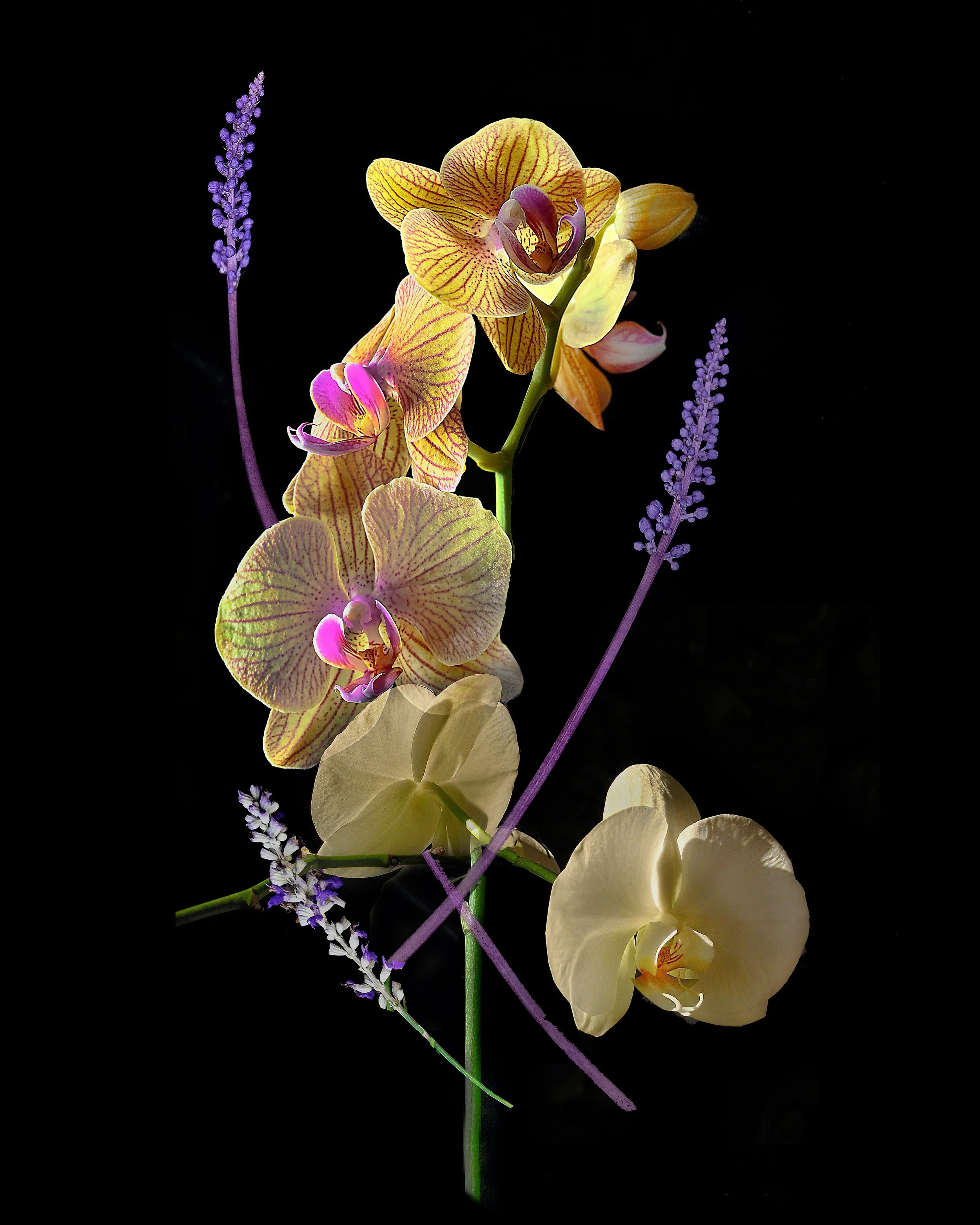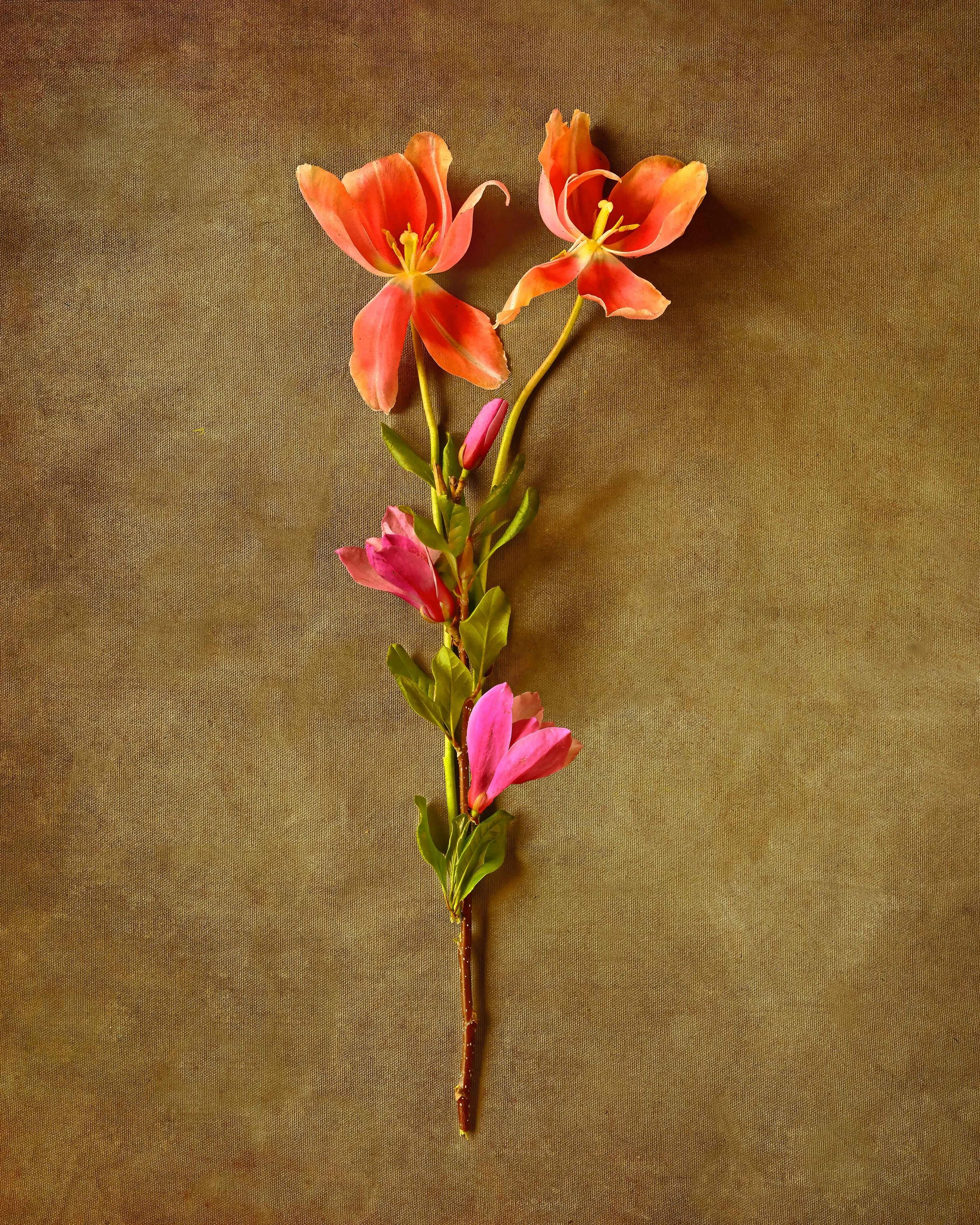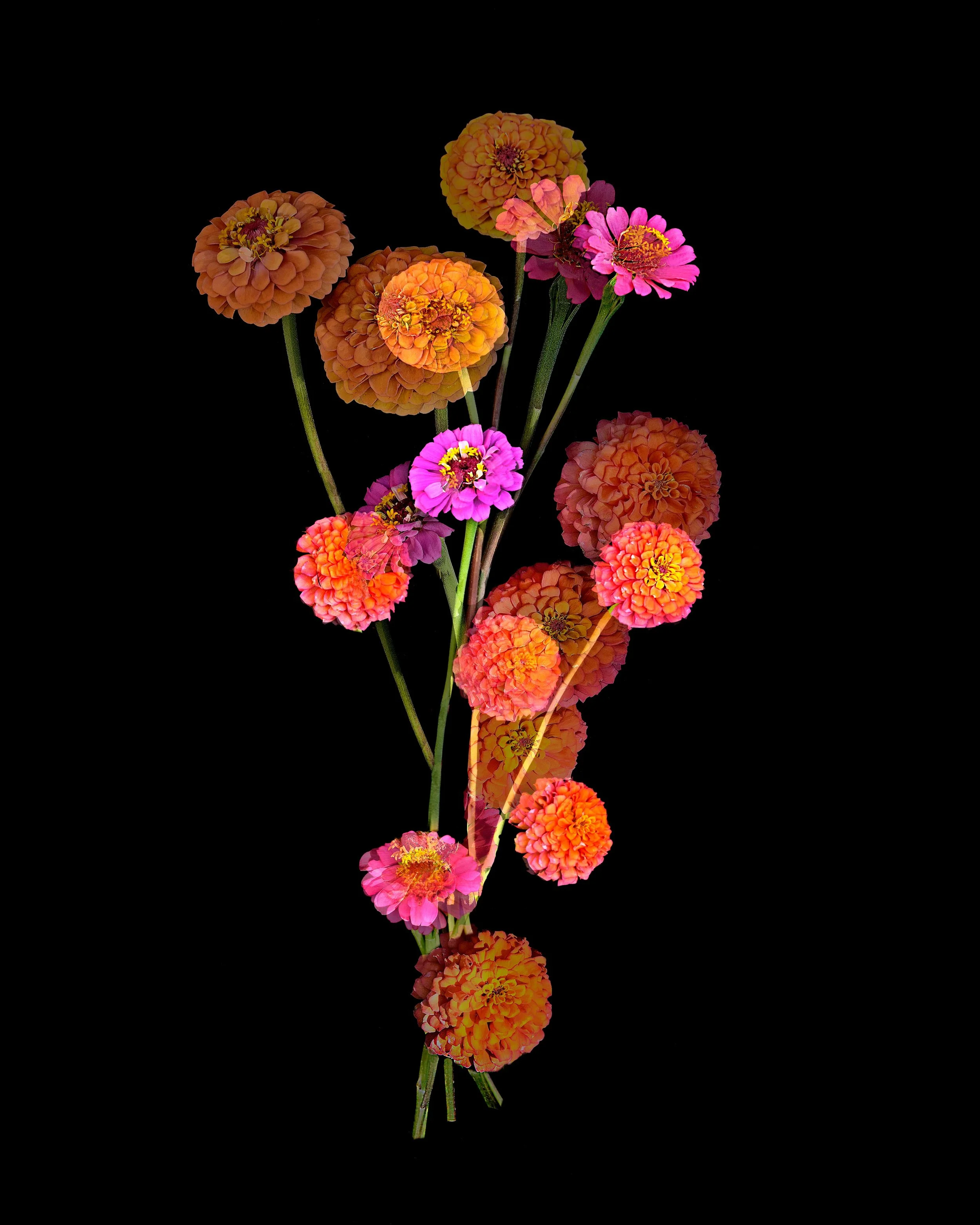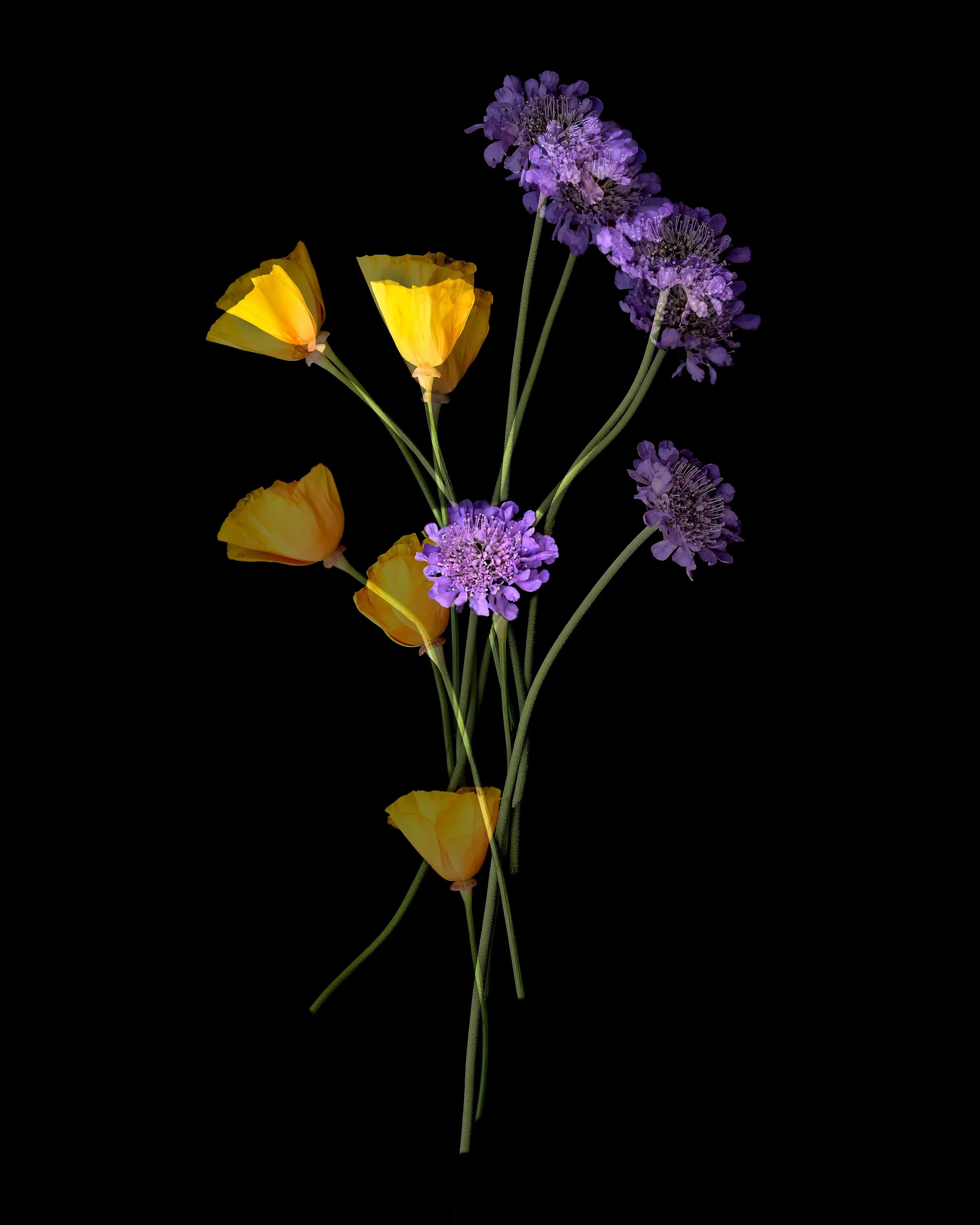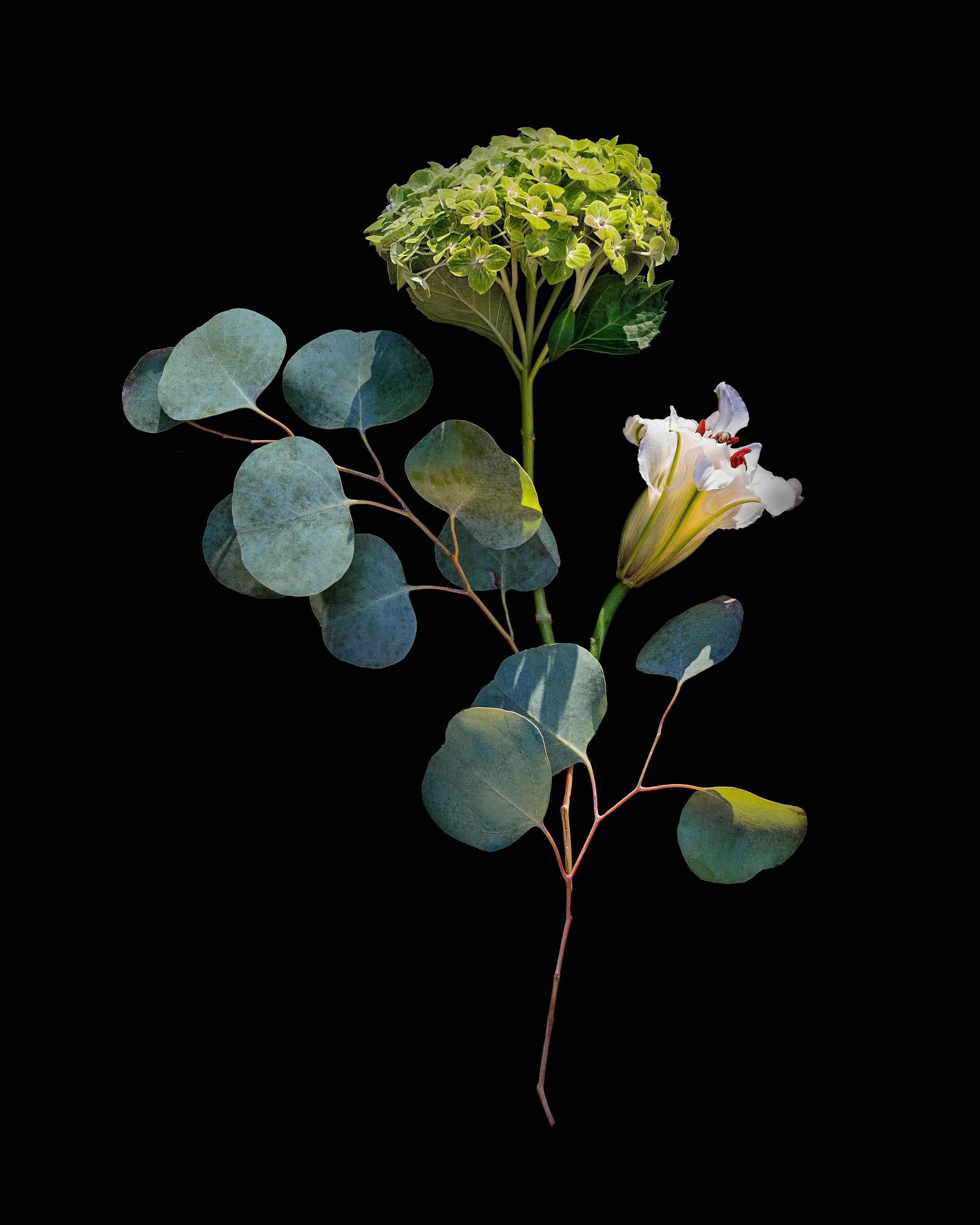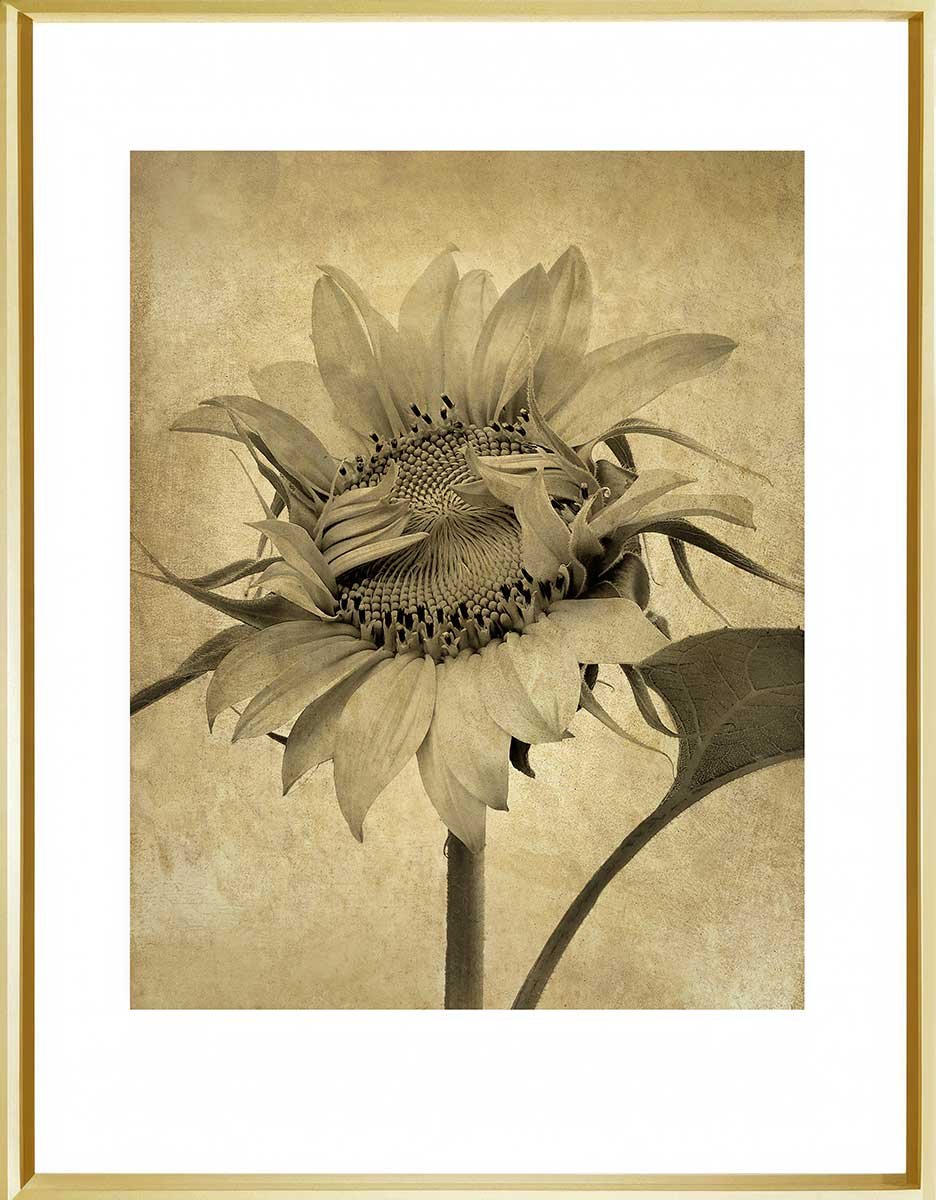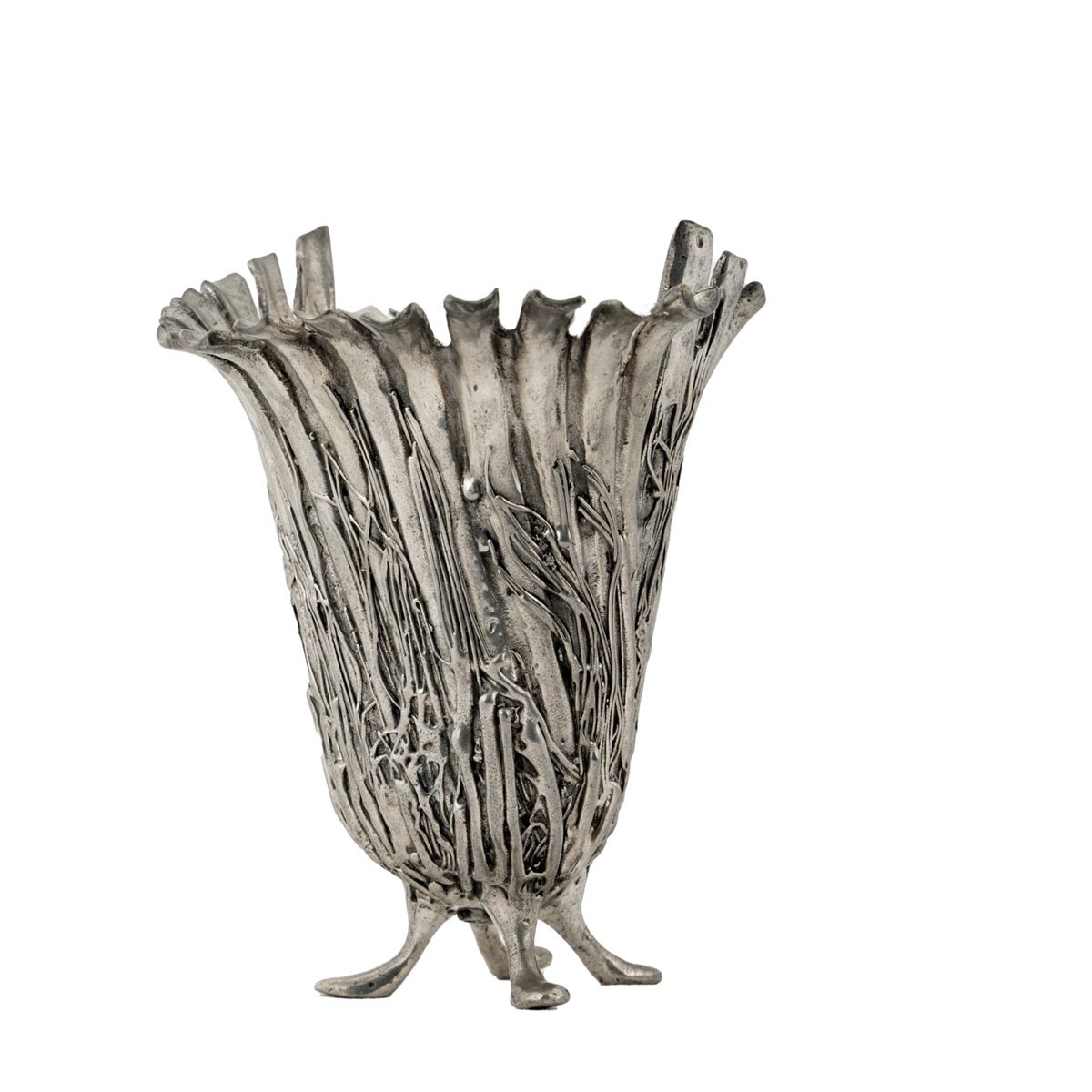Jon M. Burris
“I use photography to interpret the world as I see it from an aesthetic viewpoint.”
BIOGRAPHY
Jon Burris is a native Oklahoman who has been active in the Oklahoma City arts scene since the early 1970s. Professionally he has had a career as both a working photographer and a fine art curator functioning for clients internationally. He served as Director of Photography for the National Cowboy Museum and Western Heritage Center, Director of the Robert A. Hefner III Collection of Contemporary Chinese Art, Curator of the Christian K. Keesee Collection of Russian Art, Director of the Brett Weston Archive, Curator of the Photographic Society of America (PSA) collection, and Executive Director of [Artspace] at Untitled. Jon also owned and operated Portfolio Gallery, the first gallery in Oklahoma City devoted exclusively to photography and he was a ten year member of the Association of International Photographic Art Dealers (AIPAD). For twenty years he was a visual arts advisor and photographic program coordinator for the Oklahoma Arts Institute. As a curator, Jon has organized over 200 exhibitions and he has published eight books on art and photography. His own photographic work is included in private and institutional collections world-wide.
ARTIST INSIGHTS
How are your background and life experiences connected to your art?
In my duel capacity as a photographer and a curator I have been fortunate to have worked with many artists that I admire and respect. They have all had an influence on me in various ways. Thinking of the adage, "One cannot not know history," I tend to believe that "One cannot not know art."
Who are some of your biggest artistic influences?
Traditionally: Ansel Adams, Paul Strand, Brett Weston, and Paul Caponigro. More contemporary: Irving Penn, Olivia Parker, Michael Kenna and Sally Mann.
How have you developed your artist career?
I have been a photographer since the age of 13, moving from photojournalism to commercial and assignment photography and then to fine art work. I believe I developed in each area through experience, maturing and moving on to the next until I found what interested me the most and what I felt I was most proficient within.
What does your artistic work intend to communicate to its audience?
I have to satisfy myself artistically before I can share what I make with anyone else; that is, I have to understand what I am seeing and feel that I am interpreting it convincingly before I can expect an audience to do so. At times that means viewing the world from a quite different perspective and therefore, encouraging an audience to do the same. In my opinion all good art offers an opportunity to experience an alternative viewpoint regardless of the subject matter. It provides a means of seeing the world through another's eyes.
Does your work comment on any current social or political issue?
As an artist I have never been particularly fond of statement making on a social or political level. Of course I recognize that throughout history there have been many examples of artists who have effectively done this via many mediums, but it's not for me as a photographer. I once met the great humanitarian photographer Henri Cartier-Bresson when I was Director of the Brett Weston Archive. He reminded me of his famous quote, "While the world was at war, the Westons were busy photographing rocks!" I replied, "Yes, but can't you agree what brilliant photographs of rocks they were?"
Do you have a particular story that stands out from your career as an artist?
As a curator, over a period of twenty years I had the opportunity to work in China during a time of tremendous change there. As a photographer, it couldn't have been more rewarding. I not only met with and documented artists who were dramatically altering their culture, I was also able to record the rapid development of some of the world's largest cities by the most important international architects . It was a fascinating time for me as an artist and I ultimately published four books of my photographs made in China.
What is one thing you would like your audience to know about you?
That I strive to encourage viewers to consider my personal perspective of the world which is an aesthetic perspective, not a political one.
Which current art world trends are you following?
Over the course my nearly fifty years as a working artist, I have seen trends come and go...and come again. The result for me is that I don't follow trends. I try to respond to artists who have produced work that I like. I think this is important and it's made easier today with social media like Instagram. I find the work I respond to is not exactly trend setting.
Why have you chosen to sell your work in the 1515 Lincoln Gallery?
I appreciate the way the director Susan McCalmont has approached her selection of art to exhibit and sell. It is most definitely broad ranging, effectively giving collectors a good way to compare work and make choices.
What do you believe makes 1515 Lincoln Gallery distinct from other galleries?
The very broad range of high quality art represented.
ARTIST STATEMENT
Contradictory to a popular association of photography with storytelling I believe my photographs represent singular observations, not of ‘time stopped’ but rather preserved and without a time frame. At this stage in my life, the satisfaction for me is being able to personally exhibit photographs that communicate what I want to express artistically and hopefully, to connect with the viewer on some level.
Organic Abstraction #13 by Jon M. Burris
Composition with Fall Leaves #2 by Jon M. Burris
“I hope that it encourages my audience to view the world from an artistic perspective and to understand that art educates us and broadens us as individuals.”
JON M. BURRIS’S AVAILABLE ART
“I strive to fully utilize my experience of many years in the ongoing production of my art; after all, it has taken this long for me to fully understand how I view the world around me and I hope that appears honest to an audience.”
